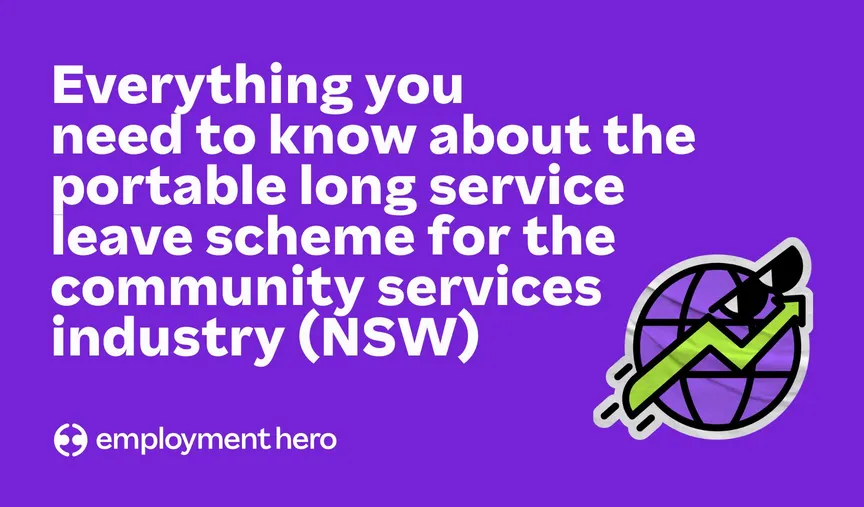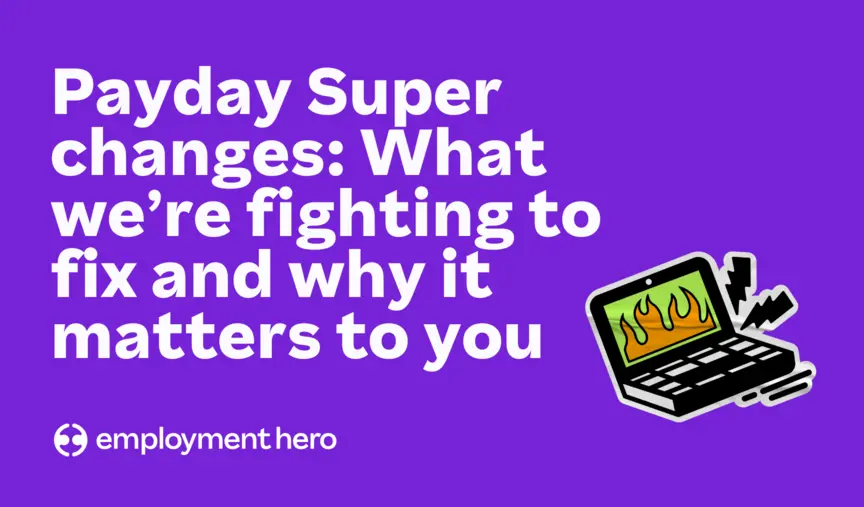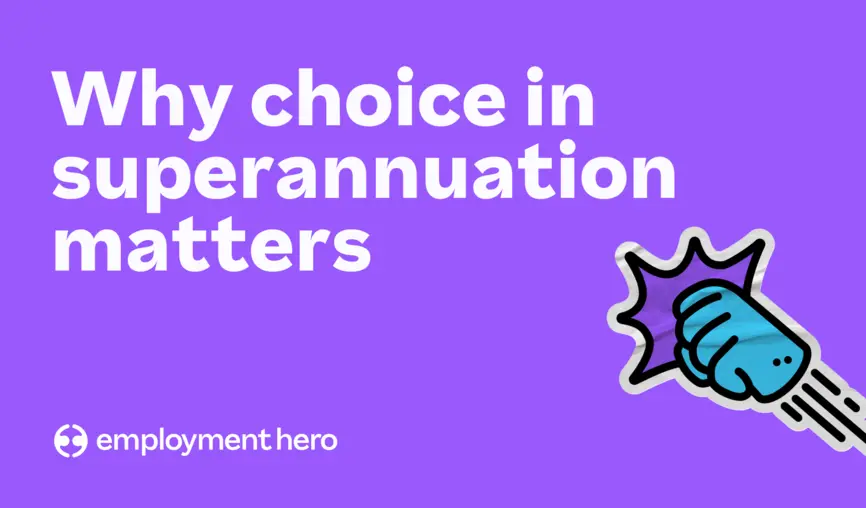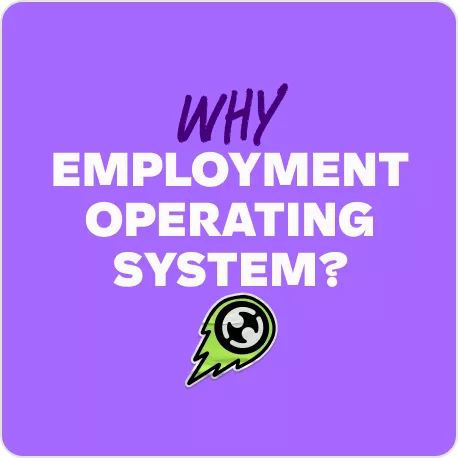Pricing Strategy Business Plan: Is It Time to Revisit Yours?
As your business grows and changes, pricing strategy should follow as well. Here are seven signs it might be time for a change.

Contents
What you charge for your products or services can make or break your business. Too high a price tag and customers won’t pay. Too low and your profit margin will suffer, and that’s just not sustainable is it?
Yep, setting a good pricing strategy is a conundrum. Unfortunately, once you’ve landed on the right price, it’s not something you can set and forget.
Staying ahead, improving your cash flow and meeting changes in demand is a continuous process for any large or small business in today’s competitive market. If you want to maintain your competitive edge and ensure your business booms, it’s critical to check in regularly on your pricing strategy.
Don’t make the mistake of missing out on any opportunity to adapt your strategy or watch your profits dwindle because you didn’t get the price right. That’s why you’ll need a good understanding of your market and customer demand and the costs associated with getting goods out the door.
If you’re not sure of your financial position, it might be time to reach out to an accountant.
So how will you know when it’s time to make a change? Here are seven signs to look out for.
1. Your profits are stagnant
Profits can become stagnant in two ways. First, you might be a growing business experiencing simultaneous increases in sales and costs. If your pricing strategy remains constant as technology, staffing and location expenses rise, your business’s profit margin will suffer.
Second, your business may not be meeting its profit targets or could be struggling to break even. Yikes! You’ll need to make sure you’re accounting for every dollar that goes into running your business, so you can factor these numbers into your price point.
Things such as storage, packaging, delivery, shipping and hidden costs like import tax and duties. These all need to be incorporated into your pricing strategy so your profit doesn’t take a hit.
⚡ Hint: This is also a good time to look at refreshing your business plan.
If you’re looking for ways other than pricing strategy changes to improve your bottom line, check out our small business guide to networking. Networking can open doors to new opportunities and collaborations that can help drive your business forward.
2. You’re providing more for the same price
Do yourself a favour and make sure your prices are keeping up with all the good stuff you’re doing for your customers!
Are you a product-based business? Take a look at your production line and the quality of your goods. Have your products evolved to better meet customer demands? Has the quality of your ingredients improved? Have you added a new feature? Have supplier costs gone up?
If you’re upgrading your production process but you haven’t revised your price, your profit margin will be affected. For businesses that provide a service, keeping the customer happy will always be front of mind.
However, if you’re offering additional after-hours customer support or extended warranties without factoring that into your price, then you’ll find that your bottom line will be hit.
3. You can’t keep up with orders
This sounds like a good problem to have, right? Well yes, sure – however, there are a couple of things to consider. First, if orders are flowing in but you can’t meet customer demand fast enough, you’re going to struggle to keep up with promised delivery dates. That could stop repeat business in its tracks.
So ask yourself, do you have room in your profit margin to hire more staff to fulfil the orders on time? Second, consider whether or not you may have undervalued your product.
You might be working hard to fulfil orders that are making you minimal profit. Is the margin worth it? If not, it’s time for a rethink.
If you’re unsure about when and how to expand your team, our small business guide to hiring new employees can provide you with valuable insights and tips.
4. Your competitors are doing better than you
Are your competitors making more sales than you? If yes, you’ll need to get to the bottom of why. Look at their pricing strategy; how does it fare against yours? Remember that a cheaper price could be a contributing factor to their success, but it’s not necessarily the only factor.
This is where perceived value becomes important. How do they position their product in the market? How do they differentiate their product from yours?
Improving how customers see the value of your product can happen through better marketing, even when your price is higher than your competitors.
In fact, raising your price may help customers perceive your product as being of greater quality. Tricky!
The priority here is to make the most of your unique value proposition (UVP) and ensure your pricing strategy complements it.
If you want to create a more effective and productive team, consider adopting servant leadership. This leadership style focuses on the growth and well-being of team members, which can improve overall performance and customer satisfaction.
5. You’re relying on discounts to close the deal
Discounts and offers can be a great way to offload older stock, attract new customers or close the financial year on a high. However, if you continuously need to discount your offerings to make a sale, you could be over-priced.
It will be hard to keep customers interested if you suddenly stop your ongoing flash sale. So, take a look at your supplier and production costs to see where you can really make savings that can be sustainably passed on to your customers.
6. Your sales are going down
If sales are heading south, it might be time to think about lowering your price. But make sure you’ve considered all your options. You might not want to be regarded as the cheap alternative in the market, but it could help you attract customers looking for an affordable choice without the frills.
Maybe it suits your business to offer a discount line or ‘lite’ service that appeals to a new market segment or retains customers who are starting to drift. Times are most certainly changing, so a basic version of your range might just hit the mark.
Consider your options and use your data to plan your next pricing move.
Think carefully about whether lowering your price point will turn away your quality-driven customers who are willing to pay more.
Read more: Measuring the success of an eCommerce store
7. Customer retention is low
Suppose your customer numbers are dropping off, which might be particularly noticeable for subscription or licence-based businesses. In that case, you might need to think about tweaking your pricing options to meet a broader base.
This is more about having a range of packages rather than increasing or reducing your prices across your offering. A flexible pricing strategy that appeals to different market segments, or accounts for various-sized businesses, could help you maintain customers who would’ve otherwise gone elsewhere.
As a bonus, customers will see your business as one that considers their needs and is prepared to adapt to what they want.
In today’s competitive job market, retaining top talent is crucial. Discover 7 ways Employment Hero can help you retain top talent and ensure your team remains strong and engaged.
How often should you revisit your pricing strategy?
Your pricing strategy should adapt and evolve with your business. Regularly reviewing your pricing will ensure you continue to hit the mark with a product or service priced to make you a profit and keep your customers coming back for more.
New businesses in early growth should review pricing every quarter to see what’s working and what’s not. Make adjustments every six months. If your business has been around for a while, you should still keep up regular price reviews.
You might make adjustments every nine to twelve months. Larger companies should still follow the same review process, especially if you’re taking on enterprise-grade customers with customised needs.
Think about how best to scale your pricing depending on your client base, and don’t be afraid to make annual changes if need be.
Taking HR digital can streamline your processes and improve efficiency. For a comprehensive guide on the benefits, check out your complete guide to taking HR digital.
When the price is right
Revisiting your pricing strategy may sound like hard work, but it doesn’t have to be. Rather than viewing your pricing as something set in stone, think of it as something fluid. You’re allowed to change it! In fact, a good pricing strategy calls for timely tweaks.
The idea is to keep your eye on the market, your customer and the costs of doing business. Do this regularly – every week or every month – and it won’t seem so overwhelming. Put time aside for market research, data analysis and planning sessions. Talk to your customers!
If you notice stagnant profits, that you’re offering more value than the price, orders are on the rise, competitors are outperforming you, you’re relying on discounts, or you see a dip in sales or customer retention…it’s time to revisit your pricing strategy.
The payoff? When the price is right – you’ll be laughing all the way to the bank (or just concentrating on another area of your business)!
Who is Employment Hero?
Employment Hero is an all-in-one cloud-based HR and payroll solution for small businesses in Australia, United Kingdom, New Zealand, Malaysia, and Singapore!
If you’re looking for ways other than pricing strategy changes to improve your bottom line, check out our business plans which are sure to make your business savings.
If you’d like to learn more, get in touch with one of our small business specialists today.
Related Resources
-
 Read more: NSW Government introduces Portable Long Service Scheme for the Community Services Industry
Read more: NSW Government introduces Portable Long Service Scheme for the Community Services IndustryNSW Government introduces Portable Long Service Scheme for the Community Services Industry
The NSW Government has introduced portable long service leave for the community services industry. Learn what it is and what…
-
 Read more: Payday Super changes: What we’re fighting to fix and why it matters to you
Read more: Payday Super changes: What we’re fighting to fix and why it matters to youPayday Super changes: What we’re fighting to fix and why it matters to you
Big changes are coming to how superannuation is paid in Australia. Here’s what we’re asking Treasury to seriously consider updating…
-
 Read more: Why choice in superannuation matters
Read more: Why choice in superannuation mattersWhy choice in superannuation matters
What could be coming when Payday Super hits and what Employment Hero is doing about it.











